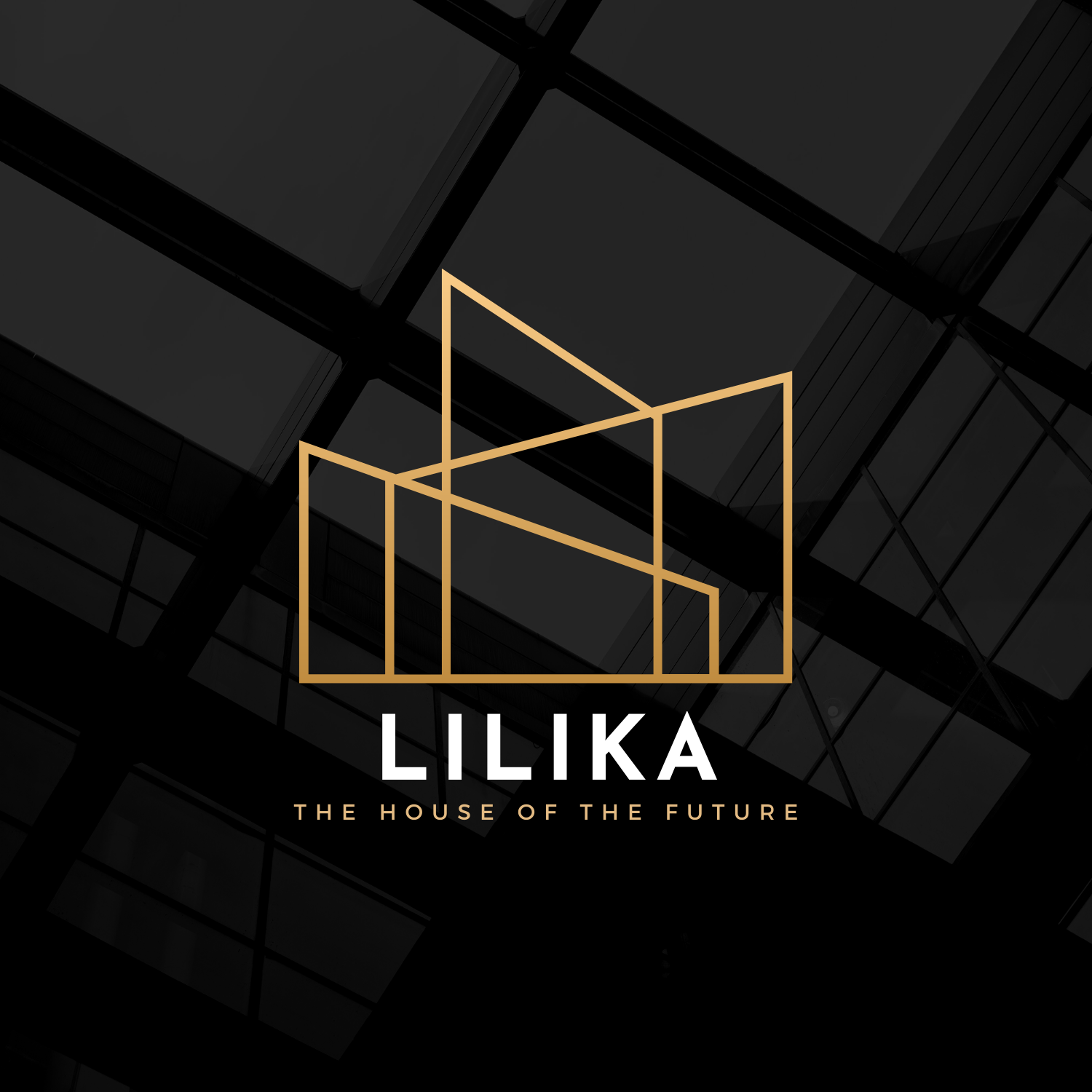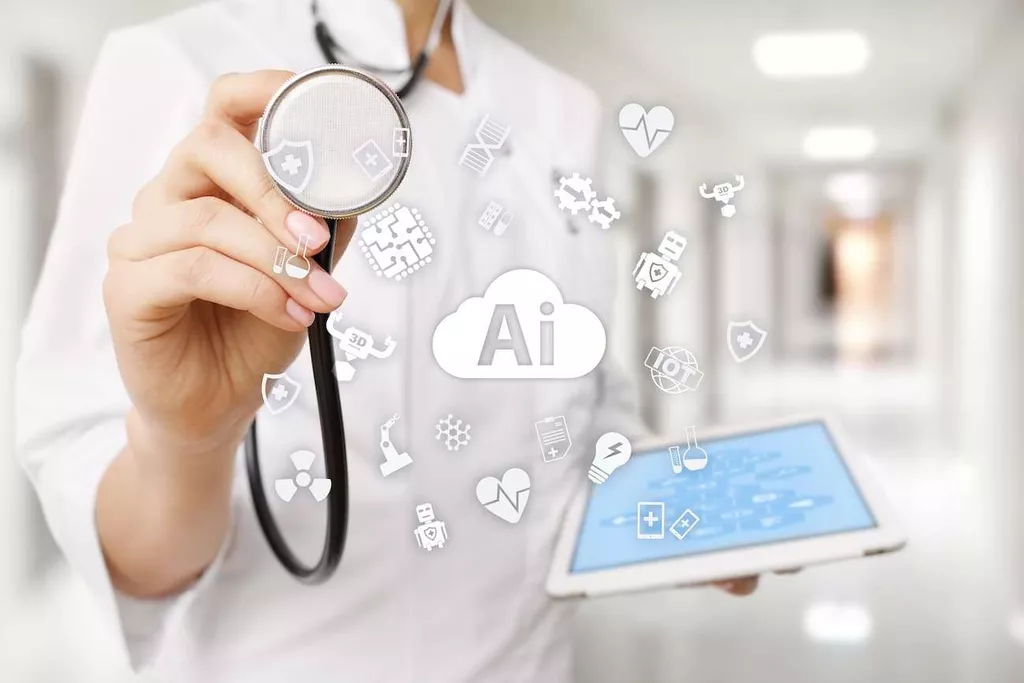And also, it can help care healthcare providers to surpass patient expectations and improve patient outcomes. By region, North America accounted for the major healthcare chatbots market share in 2018 and is expected to continue this trend owing to, easy availability of the healthcare chatbots service. Moreover, the long patient waiting time contribute to the growth of global healthcare chatbots market in North America. On the other side, Asia-Pacific is estimated to register the fastest growth during the forecast period owing to surge in awareness related to the use of healthcare chatbots. The constantly evolving life science industry drives the growth of the market in the developing economies such as India, China, Malaysia, and others.
What is best example of conversational AI?
For example, conversational AI can automate tasks that are currently performed by humans and thereby reduce human errors and cut costs. For example, conversational AI can provide a more personalized and engaging experience by remembering customer preferences and helping customers 24/7 when no human agents are around.
Conversational AI chatbots have become a potent instrument for healthcare providers to enhance the patient experience in recent years. Chatbots can give patients immediate access to information, tailored suggestions, and even virtual consultations with medical experts by utilizing natural language processing and machine learning. Chatbots is a software responsible for establishment of conversation between a human and artificial intelligence. The conversation is carried out by using pre-calculated phrases in the form of texts. These chatbots are either cloud-based or on premise solutions, which are used by patients for checking symptoms, locating clinics or scheduling appointments. Furthermore, healthcare chatbots are also used by healthcare payers to establish a relation between the company and the potential customers.
Showing 193 Chatbot Templates
Its virtual caregiving assistant technology uses Artificial Intelligence and voice recognition to check daily for elderly health using a traditional landline or cell phone. It checks on their well-being, analyze health vitals, report on medication adherence, and provide information on other care activities to caregivers on the connected app. The user can chat through the chatbot to discuss the health concerns and symptoms for which the app creates a clinical note and aid in the diagnostic decision. The app enables the user to find, share the clinical notes, and follow up with the doctors based on the health concern. Products include chatbots for adults, adolescents, maternal mental health, and substance abuse mental health.
In other words, the application must determine context and relevance anytime a user starts interacting through text or speech. In addition, it must select a user’s purpose for utilizing the application. One Verint health insurance client deployed an IVA to assist members with questions about claims, coverage, account service and more. This IVA delivered a range of services, even helping members obtain and compare cost-of-service estimates and locate in-network providers. In addition, according to the Verint Contact Center Experience Index report (2019), health insurance providers experience a higher rate of savings for converting members to self-service than other industries.
Future of chatbots in healthcare
Patient outreach is the answer but takes time and cuts into limited resources. Patient engagement chatbots can give patients the information they need for improved care. They can also forward personalized information via the patient’s preferred means of communication.
Whether it’s improving patient engagement, optimizing workflows or anything else, we’ve worked with partners like ZEISS, Constant Therapy and Clarify Health to start embracing digital health technologies. Connect with our digital health experts to learn more about what we can offer you. Beyond the patient, they connect with the provider, Pharma, payer and even national healthcare systems like the UK’s NHS.
Provide mental health support
To develop a chatbot that engages and provides solutions to users, chatbot developers need to determine what type of chatbots would most effectively achieve these goals. Therefore, two things that the chatbot developer needs to consider are the intent of the user and the best help the user needs; then, we can design the right chatbot to address these. From ancient syringes to the advanced telemedicine of today, healthcare technology has come a long way and has conversational AI as a part of the next exciting developments. As per Accenture’s analysis on this subject, the key clinical healthcare AI applications have the potential to create annual savings of $150 billion by 2026 for the U.S. healthcare economy.
- Conversational AI in healthcare eases the access to the right care and the industry has favorable chances to serve their patients with personalized health tips.
- It’s important to comply with the laws and regulations that govern the area of healthcare covered by the chatbot.
- A Healthcare chatbot is a fully automated piece of software that has a conversation with your prospects to capture and qualify leads in your digital marketing campaigns.
- Triage virtual assistant will not diagnose the condition or replace a doctor but suggest possible diagnoses and the exact steps your patient needs to take.
- This result is possibly an artifact of the maturity of the research that has been conducted in mental health on the use of chatbots and the massive surge in the use of chatbots to help combat COVID-19.
- Using NLP and speech recognition algorithms, the platform can analyze and classify free text and voice input data to symptoms.
Health-focused apps with chatbots (“healthbots”) have a critical role in addressing gaps in quality healthcare. There is limited evidence on how such healthbots are developed and applied in practice. Our review of healthbots aims to classify types of healthbots, contexts of use, and their natural language processing capabilities.
User privacy and data hacking
We identified 78 healthbot apps commercially available on the Google Play and Apple iOS stores. Healthbot apps are being used across 33 countries, including some locations with more limited penetration of smartphones and 3G connectivity. The healthbots serve a range of functions including the provision of health education, assessment of symptoms, and assistance with tasks such as scheduling. Currently, most bots available on app stores are patient-facing and focus on the areas of primary care and mental health. Only six (8%) of apps included in the review had a theoretical/therapeutic underpinning for their approach. Two-thirds of the apps contained features to personalize the app content to each user based on data collected from them.
All the tools you use on Rasa are hosted in your HIPAA-complaint on-premises system or private data cloud, which guarantees a high level of data privacy since all the data resides in your infrastructure. Using these safeguards, the HIPAA regulation requires that chatbot developers incorporate these models in a HIPAA-complaint environment. This requires that the AI conversations, entities, and patient personal identifiers are encrypted and stored in a safe environment. Rasa stack provides you with an open-source framework to build highly intelligent contextual models giving you full control over the process flow.
How Chatbots Can Be the Next Best Thing in Healthcare
For example, the recently published WHO Guidance on the Ethics and Governance of AI in Health [10] is a big step toward achieving these goals and developing a human rights framework around the use of AI. However, as Privacy International commented in a review of the WHO guidelines, the guidelines do not go far enough in challenging the assumption that the use of AI will inherently lead to better outcomes [60]. Modern consumers are looking for new ways to get easy and fast access to information.
Which algorithm is used for medical chatbot?
Tamizharasi [3] used machine learning algorithms such as SVM, NB, and KNN to train the medical chatbot and compared which of the three algorithms has the best accuracy.
There are three primary use cases for the use of chatbot technology in healthcare – informative, conversational, and prescriptive. These chatbots vary in their conversational style, the depth of communication, and the type of solutions they provide. metadialog.com Amidst the deepening healthcare crisis, conversational AI brings with it an avenue for change. From helping patients get quality care on time to easing the workload of medical professionals, there are endless possibilities to explore.
Assistants for healthcare professionals: a few notes
According to Accenture, it estimates the U.S. healthcare economy stands to save around US$150 billion annually by 2026. Conversational AI helps save time and money for both consumers and service providers by delivering faster, more timely healthcare services. They can book appointments faster, and through triaging, can take more immediate action for emergency cases.
- The company said more than 1 million Americans had used this platform to assess symptoms and seek help during the COVID-19 pandemic.
- The symptom intent consists of sets of questions for different types of body anatomy clusters but not limited to eye, circulatory, ears, gastro, head, mental, musculo, nervus, nose, respiratory, skin, and urinary.
- This finding may in part be due to the large variability in chatbot design (such as differences in content, features, and appearance) but also the large variability in the users’ response to engaging with a chatbot.
- The pandemic chatbot has assisted in responding to more than 100 million citizen enquiries.
- In case it sounds too much to be true, going through a detailed guide on chatbots in healthcare will be a good step to move further.
- For healthcare professionals, conversational AI can cut down the time for administrative tasks and reduce operational costs.
This gets you at the top of your target audience’s search results in this dynamic area of digital marketing. If created by experienced programmers, the bot will be able to respond more naturally when given unusual facts or exceptions. Patients may sustain serious injuries or even pass away if the AI chatbot is unable to comprehend the exact situation. This gets you at the top of your target audience’s search results in this dynamic area of digital marketing. Check out how Intone can help you streamline your manual business process with robotic process automation. Many questions can come up before and after a medical procedure or routine visit to your doctor’s office.
Do people really want to give health information to a chat bot?
Each matched symptom entity provides a specific weight regarding the potential diseases which are calculated before the diagnosis via DialogFlow’s Webhook response handler. The data that have been used are manually generated and not from an official source. The “train ML model” component is an asynchronous process, that is, used by the platform to train the ML models using the hospital’s data and patient’s provided input data. The trained model is used for health condition predictions and is saved to the Cloud AI so that the ML API can have access to it. Health Bot models have been fine-tuned using various different algorithms and datasets till the best outcome.
Some patients need constant monitoring after treatment, and intelligent bots can be useful here too. Patients or their caregivers can enter information about their daily activities and health status into a database through chatbots, which the respective physicians can view to investigate the condition and take appropriate action. Research on the use of chatbots in public health service provision is at an early stage. Although preliminary results do indicate positive effects in a number of application domains, reported findings are for the most part mixed.
10 Ways Healthcare Chatbots are Disrupting the Industry – Appinventiv
10 Ways Healthcare Chatbots are Disrupting the Industry.
Posted: Thu, 19 Jan 2023 08:00:00 GMT [source]
What is conversational AI in healthcare?
Conversational AI helps gather patient data at scale and glean actionable insights that enable healthcare professionals to improve patient experience and offer personalized care and support. It fosters a data-driven culture in healthcare that empowers both care providers and patients to make informed decisions.

